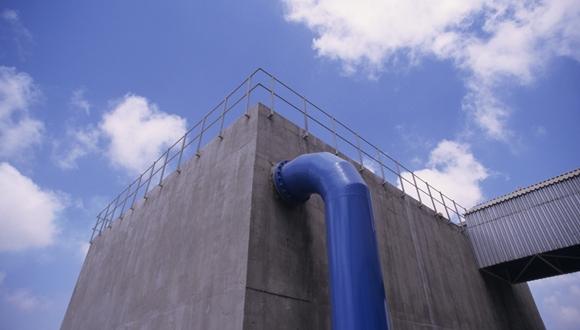Ashkelon's Desalination Plant and the Red Brine Phenomenon: Chemo- Oceanographic and Role of Scientific Knowledge on Environmental Policy Making Concerning Desalination
Student: Dror Drami
Advisors: Dr. Avi Gottlieb and Dr. Nurit Kress
Student: Dror Drami
Advisors: Dr. Avi Gottlieb and Dr. Nurit Kress
Desalination has increasingly been seen as an important element in dealing with water shortage particularly by countries which border the sea. In Israel, increase in water usage and dry years prompted the government to set a goal of 750 million m3 per year (MCM/Y) desalinated water by 2020. To date, there are three operational seawater desalination plants at the Mediterranean coast, producing ca. 240 MCM/Y by reverse osmosis (RO). The first plant was established in Ashkelon in August 2005, providing 110 MCM/Y desalinated water, the largest RO plant in the world at the time. The brine, containing chemicals used in the process, and the backwash of preliminary filtration stage; the latter containing ferric hydroxide, are discharged at the shore, next to the discharge of cooling waters of a power plant adjacent to the RO plant. The brine is discharged continuously while the backwash is discharged in pulses, their frequency depending on the seawater quality of the intake. The motivation of this research was the unexpected red plume observed at the outfall site attributed to ferric hydroxide, the coagulant used in the pretreatment, discharged with the backwash. Therefore, the questions asked were what are the environmental effects of the “red plume” and could the relevant authorities have predicted it’s appearance based on existing data. .
To answer that, this research integrated a multidisciplinary approach: the social aspect that ADD., and the oceanographic aspect that aimed to provide the scientific basis to determine the environmental effects and serve as a basis to the decision making process.
The social aspect was designed to accommodate the perception that scientific knowledge alone cannot change policy. Therefore, the research aimed also to improve the interaction between scientists and policy makers. The red plume was taken as a case study to examine the role played by science in environmental management at three different levels: water policy, environmental policy and desalination policy, when the later connected between the two formers. Out of these three levels, a forth intangible level emerged: the role of science in policy making. Data were gathered from archival material of Israel Water Authority, press publications and from interviews with stakeholders. The data, sorted to 65 categories, were assembled into a narrative revealing a dispute created around the case. Stakeholders were divided into two groups: the skeptics that demanded to examine the red plume effects thoroughly and the advocates that argued that the effect is aesthetics at the most and demanded to proceed with the desalination project as is.
The Marine and Coastal Environment Division (MCED) of the Ministry of Environmental Protection (MEP) was one of the skeptics. It worked under constant pressure to join the national effort to promote the establishment of desalination plants and to ignore possible environmental problems. However, the red plume prompted MCED to focus on finding a legal solution for the problem. However, the law was not adequate to give a legal solution for this case and therefore MCED used its regulatory




